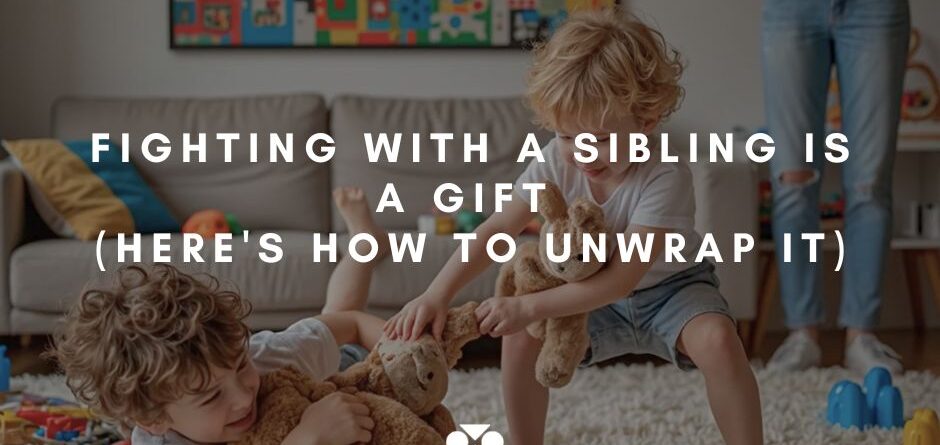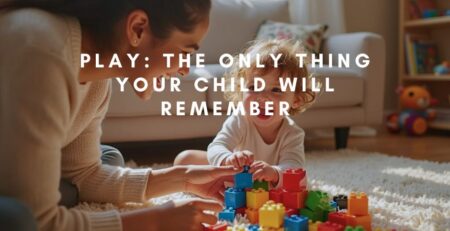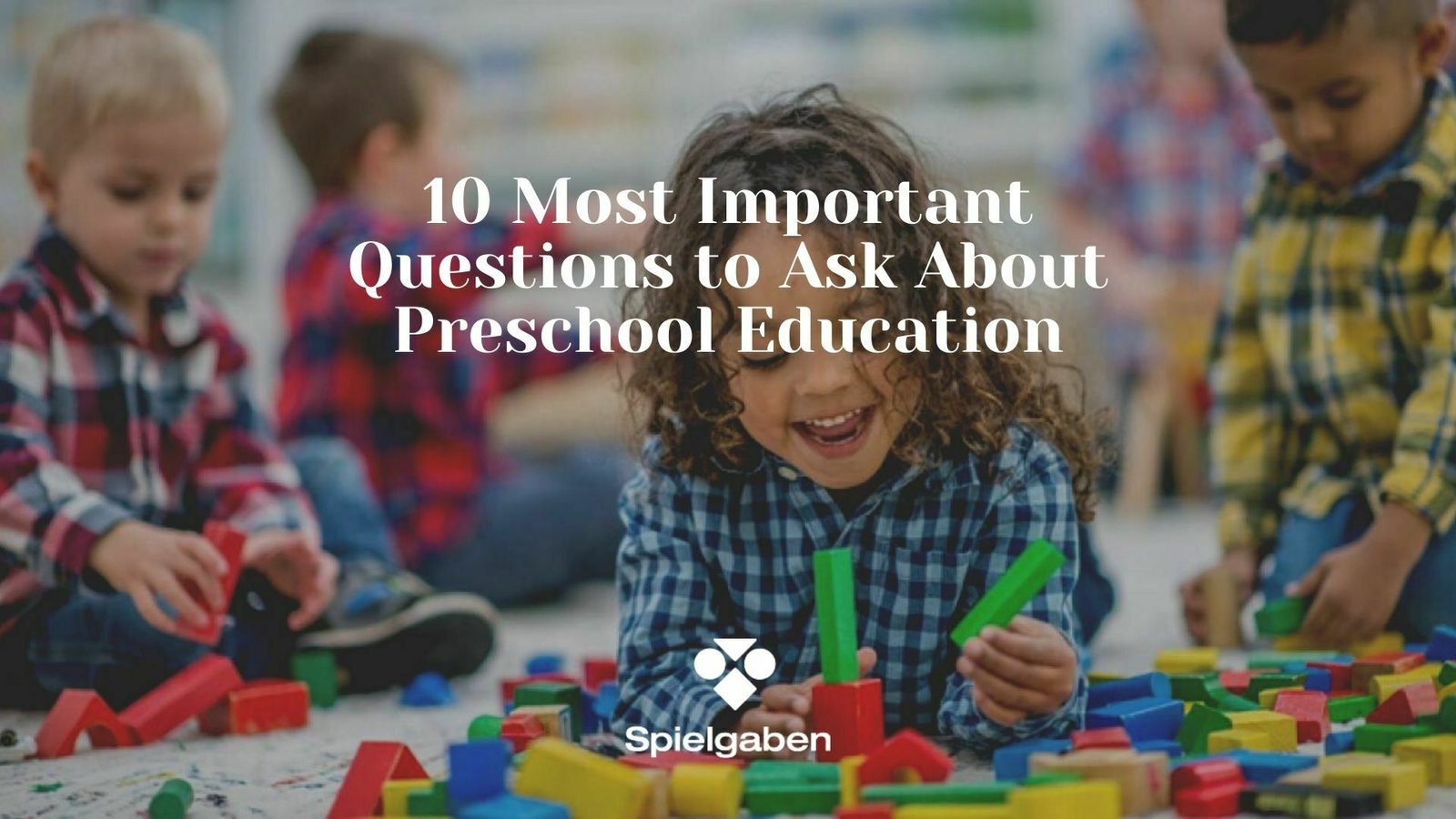Fighting with a Sibling Is a Gift (Here’s How to Unwrap It)
You’re Not Failing as a Parent When Your Kids Fight – You’re Raising Future Leaders
Picture this: You’re enjoying a rare moment of peace when suddenly—CRASH! “MOM! She took my toy!” “He hit me first!” Your stomach drops. You sprint toward the chaos, wondering if you’ll ever raise kids who actually like each other.
Here’s a shocking truth that’ll change everything: 80% of children have siblings, and research shows sibling conflict is one of the most powerful tools for developing emotional intelligence, negotiation skills, and empathy. Yes, you read that right. Those daily battles? They’re actually gifts disguising themselves as headaches.
But here’s the kicker—most parents handle sibling rivalry in ways that accidentally make it worse. What if I told you there’s a better way that transforms your home from a battlefield into a training ground for amazing humans?
The Hidden Truth About Sibling Squabbles (That Changes Everything)
Your Kids Aren’t Broken—They’re Learning
Stop beating yourself up. When your children fight, they’re not showing you’ve failed as a parent. They’re showing you they’re developing exactly as they should.
Research reveals that sibling conflict serves a crucial developmental purpose called “differentiation”—where children figure out what makes them special and unique. Think of it as their personal laboratory for learning about power, negotiation, and social dynamics.
Here’s what’s really happening when your kids fight:
- They’re expanding their emotional vocabulary
- They’re learning to recognize and interpret others’ emotions
- They’re developing perspective-taking skills
- They’re practicing negotiation and problem-solving
The Skills Your Fighting Kids Are Actually Mastering
Every argument between your children is secretly teaching them skills that’ll make them successful adults:
Emotional Intelligence: Through conflict, kids learn to identify jealousy, frustration, and fury—emotions they rarely experience elsewhere. They’re building an emotional toolkit that’ll serve them for life.
Social Navigation: Siblings learn to read body language, decode emotions, and understand different perspectives. These are the exact skills that predict success in friendships and careers.
Conflict Resolution: When children work through disagreements, they’re practicing negotiation, compromise, and problem-solving—skills that’ll make them incredible partners, colleagues, and leaders.
The Science Behind Why Sibling Fighting Is Actually Healthy
What Research Really Shows About Kids Who Fight
Studies consistently show that children who engage in sibling conflict (when handled properly) develop stronger social skills than only children. Here’s the evidence:
- Children who discuss emotions during sibling conflicts show higher levels of emotional understanding
- Kids who learn to navigate sibling relationships demonstrate better peer relationships later
- Siblings who work through conflicts together develop stronger empathy skills
The key isn’t eliminating conflict—it’s teaching your kids to “fight better.”
The Bidirectional Magic of Emotional Understanding
Here’s where it gets fascinating: Children who understand emotions better have less sibling conflict, and children who navigate sibling conflict well develop better emotional understanding. It’s a beautiful cycle that builds stronger, more capable humans.
Your Role Isn’t Referee—It’s Coach (And Here’s How to Do It Right)
Stop Making These Common Parenting Mistakes
Before we dive into what works, let’s address what doesn’t:
Don’t say “Work it out yourselves”: Young children lack the conflict resolution skills to handle disputes independently. You’re not helping—you’re abandoning them when they need guidance most.
Don’t become the judge: Stepping in to determine who’s right and wrong breeds resentment and doesn’t teach problem-solving skills.
Don’t allow physical aggression: Never communicate that hitting is normal or acceptable, even between siblings.
The Game-Changing Approach That Actually Works
Instead of eliminating conflict, become your children’s conflict resolution coach. Here’s how:
Set Clear Ground Rules:
- Hitting, insults, and threats are absolutely off-limits
- Everyone gets heard before solutions are discussed
- Physical safety comes first, always
Teach Conflict-Resolution Skills:
- Taking turns speaking and listening
- Using “I feel” statements instead of accusations
- Brainstorming solutions together
- Walking away to cool down when emotions run high
The Secret Formula for Peaceful Sibling Relationships
Step 1: Create Your Family’s Foundation Rules
Your home should be everyone’s sanctuary. Establish 3-6 simple rules that apply to everyone (yes, even you):
Essential Family Rules:
- Be respectful in actions, words, and with property
- Tell the truth to build trust
- Be helpful because families are teams
- Listen when someone’s speaking
- Practice gratitude daily
Remember: Rules won’t work if you don’t follow them yourself. Your kids will call you out—and that’s actually amazing for teaching accountability.
Step 2: Master the Art of Strategic Non-Intervention
Not every conflict needs your immediate attention. Ask yourself:
- Is anyone in physical danger?
- Is there a significant power imbalance?
- Are they using the conflict resolution skills you’ve taught?
If the answers are no, no, and yes—step back and let them practice. You’re building confident problem-solvers.
Step 3: When You Do Step In, Use This Proven Framework
The COACH Method:
- Calm yourself first (deep breathing, open body language)
- Observe what’s really happening before reacting
- Acknowledge everyone’s feelings
- Coach them through finding solutions together
- Highlight what they did well afterward
Advanced Strategies That Transform Sibling Dynamics
The Power of Individual Attention
Here’s a game-changer: Give each child 10-15 minutes of completely focused, child-centered attention daily. This proactively fills their “attention bucket” and dramatically reduces sibling competition.
During this time:
- Put away all devices
- Let them choose the activity
- Follow their lead completely
- Show genuine interest in their world
The “All in the Same Boat” Technique
When siblings can’t agree on a solution, enforce a consequence that affects everyone involved. Can’t decide who gets the toy? The toy goes away for everyone. This encourages them to work together rather than compete.
Avoid the Comparison Trap
Never label your children (“the artistic one,” “the athlete”). These labels dramatically increase competition by forcing kids into boxes. Instead, celebrate each child’s unique interests and model trying new things yourself.
Special Situations: When Fighting Crosses the Line
Recognizing Sibling Bullying vs. Normal Conflict
While most sibling conflict is healthy, bullying requires immediate intervention. Watch for:
- Repeated patterns of one child targeting another
- Significant power imbalances
- Physical aggression or psychological manipulation
- One child consistently being the victim
If you see these patterns, step in immediately to protect the vulnerable child and address the underlying issues driving the aggressive behavior.
Handling the Older Child Who Hurts the Baby
When an older sibling hurts a baby, remember they’re usually not trying to cause harm—they’re expressing overwhelming emotions they can’t verbalize.
Your Action Plan:
- Comfort the hurt child first (this shows your values clearly)
- Connect with the older child through empathy, not punishment
- Help them name their feelings: “You’re feeling left out since baby arrived”
- Provide safe ways to express big emotions through play and physical activity
- Increase one-on-one time to fill their emotional needs
Your 30-Day Transformation Plan
Week 1: Foundation Building
- Establish your family rules together
- Start daily individual attention time
- Practice staying calm during conflicts
Week 2: Skill Development
- Teach “I feel” statements
- Practice the COACH method
- Celebrate successful conflict resolution
Week 3: Advanced Techniques
- Implement “all in the same boat” consequences
- Focus on praising cooperation publicly
- Address any patterns of aggression
Week 4: Mastery and Maintenance
- Fine-tune your approach based on what’s working
- Involve kids in evaluating family dynamics
- Plan regular family meetings to address issues
The Amazing Future You’re Building
When you handle sibling conflict skillfully, you’re not just creating a more peaceful home—you’re raising children who will become:
Emotionally intelligent adults who can navigate complex relationships with grace
Confident problem-solvers who don’t back down from challenges
Empathetic leaders who understand and value different perspectives
Strong communicators who can express their needs and listen to others
Remember: Every conflict you guide them through is an investment in their future success and happiness.
Your Next Step Starts Today
You don’t need to implement everything at once. Start with these three simple changes:
- Choose your top 3 family rules and introduce them this week
- Begin 10 minutes of individual attention with each child daily
- Practice the COACH method the next time conflict arises
The transformation in your home will be gradual but undeniable. Your kids will develop skills that serve them forever, and you’ll finally feel confident in your parenting choices.
Because here’s the truth: When you guide with wisdom, connect with intention, and trust the process—your children don’t just survive sibling rivalry, they thrive because of it.
Ready to transform your home from chaotic to calm? Start with just one strategy today, and watch your family dynamics shift in amazing ways.
P.S. Want to give your children even more opportunities to practice cooperation and problem-solving together? Consider introducing open-ended play materials such as Spielgaben that naturally encourage siblings to collaborate rather than compete. When children engage in creative, unstructured play together, they’re building the same emotional intelligence and conflict resolution skills we’ve discussed—but through joy instead of arguments. Spielgaben can transform your living room into a peaceful learning laboratory where siblings discover they’re better together than apart.













LEAVE A COMMENT